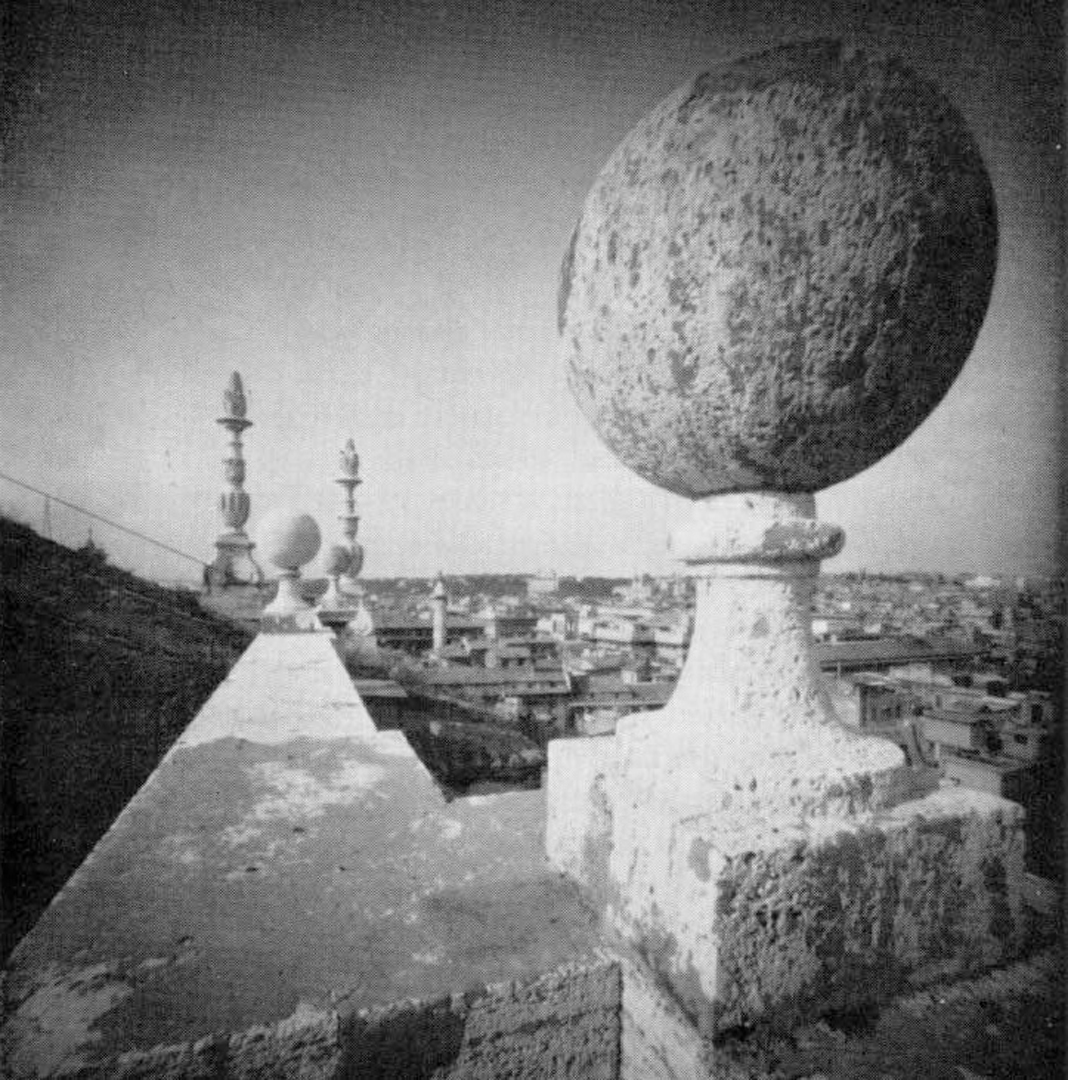“Correction of geometric perceptual distortions in pictures” by Zorin and Barr
Conference:
Type(s):
Title:
- Correction of geometric perceptual distortions in pictures
Presenter(s)/Author(s):
Abstract:
We suggest an approach for correcting several types of perceived geometric distortions in computer-generated and photographic images. The approach is based on a mathematical formalization of desirable properties of pictures. From a small set of simple assumptions we obtain perceptually preferable viewing transformations and show that these transformations can be decomposed into a perspective or parallel projection followed by a planar transformation. The decomposition is easily implemented and provides a convenient framework for further analysis of the image mapping. We prove that two perceptually important properties are incompatible and cannot be satisfied simultaneously. It is impossible to construct a viewing transformation such that the images of all lines are straight and the images of all spheres are exact circles. Perceptually preferable tradeoffs between these two types of distortions can depend on the content of the picture. We construct parametric families of transformations with parameters representing the relative importance of the perceptual characteristics. By adjusting the settings of the parameters we can minimize the overall distortion of the picture. It turns out that a simple family of transformations produces results that are sufficiently close to optimal. We implement the proposed transformations and apply them to computer-generated and photographic perspective projection images. Our transformations can considerably reduce distortion in wide-angle motion pictures and computer-generated animations.
References:
1. Leonardo da Vinci. Notebooks I, H. Dover, New York, 1970.
2. G. Glaeser. Fast Algorithms for 3-D Graphics. Springer-Verlag, New York, 1994.
3. Margaret A. Hagen. Influence of picture surface and station point on the ability to compensate for oblique view in pictorial perception. Developmental Psychology, 12(1):57-63, January 1976.
4. Margaret A. Hagen, editor. The Perception of pictures. Academic Press series in cognition and perception. Academic Press, New York, 1980.
5. Margaret A. Hagen, Harry B. Elliott, and Rebecca K. Jones. A distinctive characteristic of pictorial perception: The zoom effect. Perception, 7(6):625-633, 1978.
6. Michael. Kubovy. The psychology of perspective and Renaissance art. Cambridge University Press, Cambridge <Cambridgeshire> ; New York, 1986.
7. William H. Press, Brian E Flannery, Saul A. Teukolsky, and William T. Vetterling. Numerical Recipes in C: The Art of Scientific Computing. Cambridge University Press, Cambridge, UK, 1988.
8. M.H. Pirenne. Optics, painting and photography. Cambridge University Press, New York, 1970.
9. L.S. Pontriagin. The mathematical theory of optimal processes. Interscience Publishers, New York, 1962.
10. B.V. Raushenbakh. Sistemy perspektivy v izobrazitel’nom iskusstve : obshchaia teoriia perspektivy. Nauka, Moskva, 1986. in Russian.
11. Jack Tumblin and Holly E. Rushmeier. Tone reproduction for realistic images. IEEE Computer Graphics and Applications, 13(6):42-48, November 1993. also appeared as Tech. Report GIT-GVU-91-13, Graphics, Visualization & Usability Center, Coll. of Computing, Georgia Institute of Tech.
12. Denis Zorin. Perceptual distortions in images. Master’s thesis, Caltech, 1995.





